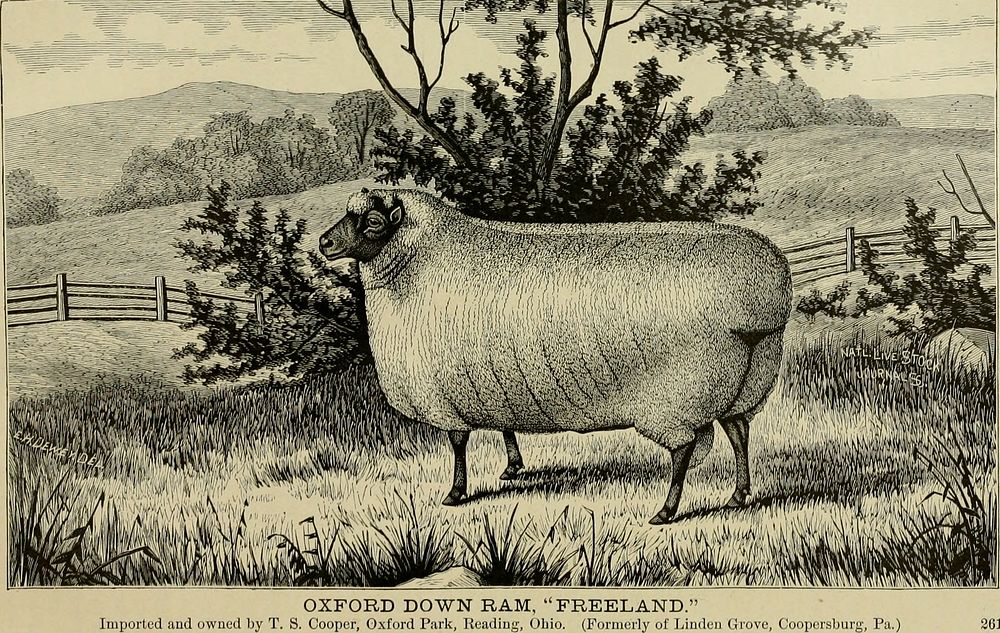https://creativecommons.org/publicdomain/zero/1.0/https://www.rawpixel.com/image/9976422

Identifier: americanfarmerco02flin (find matches)Title: The American farmer. A complete agricultural library, with useful facts for the household, devoted to farming in all its departments and detailsYear: 1882 (1880s)Authors: Flint, Charles L. (Charles Louis), 1824-1889 Miles, Manly, 1826-1898Subjects: AgriculturePublisher: Hartford, Conn., R. H. ParkContributing Library: NCSU LibrariesDigitizing Sponsor: NCSU LibrariesView Book Page: Book ViewerAbout This Book: Catalog EntryView All Images: All Images From BookClick here to view book online to see this illustration in context in a browseable online version of this book.Text Appearing Before Image:nown where they have been temporarily covered by anavalanche of snow, or lost on the prairies in a severe snow storm. In the vast pine forests ofNorway and Sweden, they often subsist on these resinous and aromatic evergreens when,owing to an extremely rigorous winter, there is a scarcity of other food. Sheep vary greatly with respect to size and other characteristics. Mr. Killebrew, ofTennessee, describes these characteristics in the following manner:— In the Orkney Islands they are so small as to appear like toys. Like the diminutiveponies of the Shetlands, neighbors of the Orkneys, they are brought to the warmer climatesas a curiosity. By the side of the massive Cotswold or Southdown they appear very little likethe same species. Some have long, tapering, straight horns, like the gazelle, while others havethe huge spiral horns of the mountain, or big horns of the Osage Mountains. Others, again,are without horns altogether, as are most of the mutton sheep. The same difference existsText Appearing After Image:SHEEP. 263 ia regard to the tails. They have long, slender, vibrating tails, a broad, flat tail Hke thoseof Asia, or no tail at all, only a rudiment of one being discernible. And thus with the covering. It hardly seems possible to connect the straight, hairyfleece of the Kocky Mountain sheep, and the long, combing wool of the Leicester or Cotswold,in the same animal. In Jiladagascar the sheep have short, hairy wool, hardly to be consideredwool at all. In Lincolnshire it is long and coarse. In Saxony it is almost like silk, fine,curly, and lustrous. In Angola it is furry and soft as a rabbits fur. Nor does the diversitystop here. In our own country we meet with the white and black sheep. About the Capeof Good Hope they are gray, dun, brown, buff, blue, and all intermediate shades of color.This great difference of color results from long breeding under many different climates andmodes of feeding. The uses to which these animals are applied seem to partake of the great diversity oftheirNote About ImagesPlease note that these images are extracted from scanned page images that may have been digitally enhanced for readability - coloration and appearance of these illustrations may not perfectly resemble the original work.
Original public domain image from Wikimedia Commons
Public DomainFree CC0 image for Personal and Business use